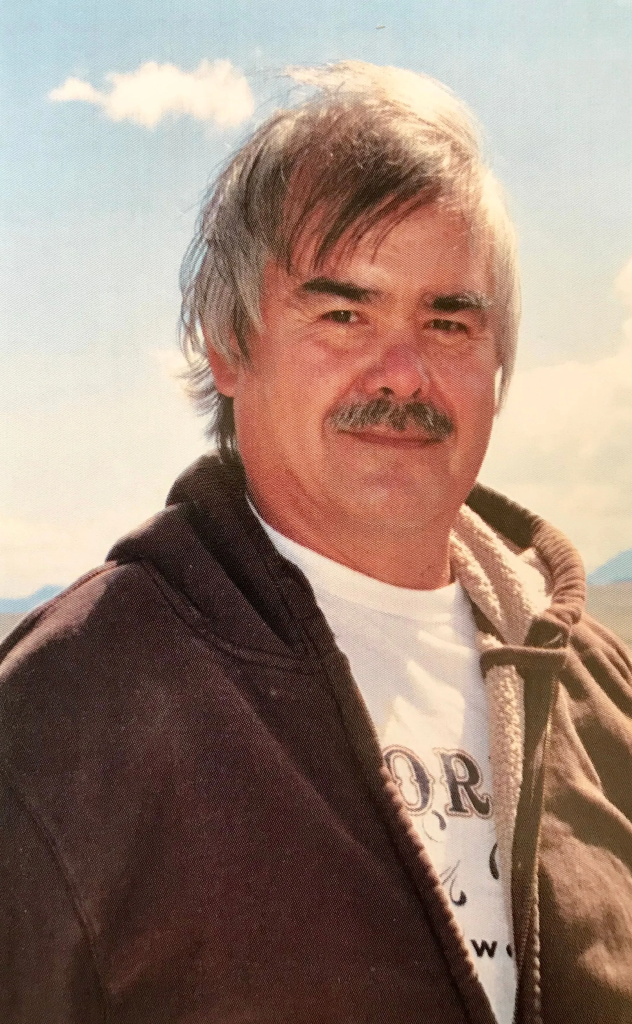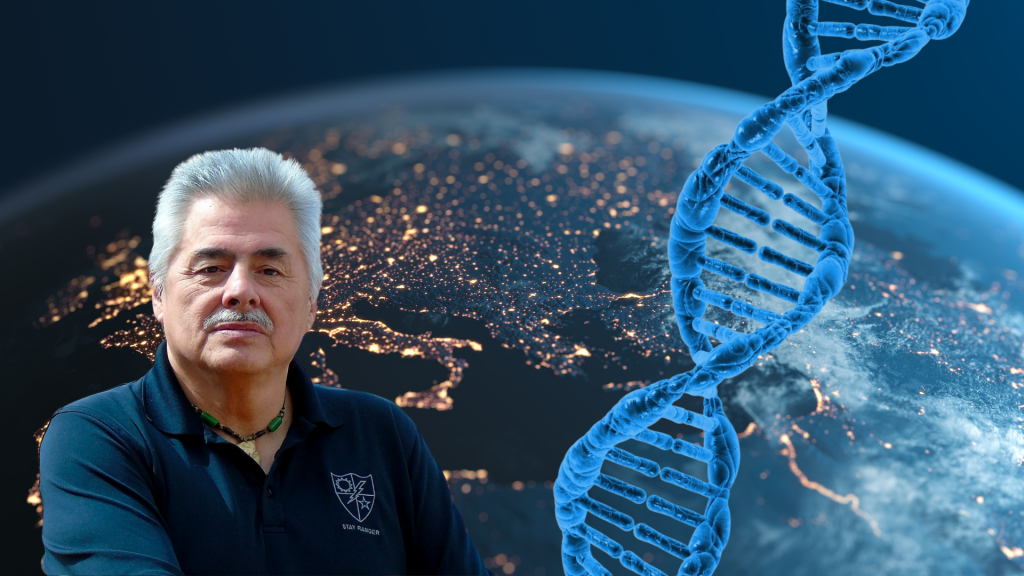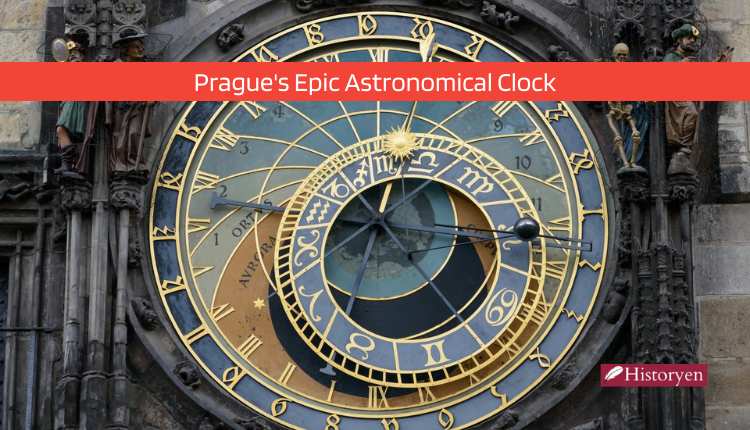In an astonishing revelation, a Montana man’s DNA has been traced back 55 generations with an astounding 99 percent accuracy. This groundbreaking discovery, carried out by the renowned ancestry company CRI Genetics, sheds light on an incredible chapter of history. It implies that the man’s ancestors resided in North America a staggering 17,000 years ago.
Darrell “Dusty” Crawford’s Ancestral Odyssey
Meet Darrell “Dusty” Crawford, a Native American whose ancestors have long been believed to have used the Bering Land Bridge during the Ice Age to access the Americas. However, the results of Crawford’s DNA testing delivered a stunning twist. It appears that Crawford’s lineage traces back to the Pacific Islands. It is suggested that they journeyed along the South American coast to what is now North America.
Unearthing the Rare Ancestral Lineage
The length of Crawford’s ancestral lineage is so rare that it left CRI Genetics comparing it to finding Bigfoot. The focus of the DNA test was on mitochondrial DNA and Crawford’s line of female ancestors.
To put this into perspective, the company has never been able to trace anyone’s ancestry in the Americas as far back as Crawford. He belongs to MtDNA Haplogroup B2, a group with a low frequency in Alaska and Canada. This haplogroup originated in Arizona approximately 17,000 years ago.
The Four Major Native American Groups
The Native American landscape can be divided into four major groups, each tracing its roots back to four prominent female ancestors: Ai, Ina, Chie, and Sachi. Crawford is a descendant of Ina, a name inspired by a Polynesian mythological figure representing the “first woman.” In Polynesian culture, she’s even depicted riding a shark on a $20 bill in the Cook Islands. Interestingly, the closest relatives of this DNA group outside the Americas can be found in Southeast Asia.

The path of this DNA group’s migration from the Americas remains somewhat of a mystery. Frequencies of this haplogroup are absent in Alaska or Canada, and today, it is found exclusively in the Americas, with a notable frequency peak on the eastern coast of North America, according to CRI Genetics. Notably, 83 percent of Crawford’s DNA aligns with Native American genetics, with the remaining portions showing about 10 percent European, 5 percent East Asian, 2 percent South Asian, and less than 1 percent African heritage.
Reshaping Our Understanding of Native American History
These genetic tests are reshaping our understanding of when Native Americans first arrived and the routes they took. While previous research suggested human presence in North America between 24,000 and 40,000 years ago, new discoveries continually challenge these timelines. For instance, the discovery of a 24,000-year-old horse jawbone in Alaska in 2017, bearing stone tool marks, suggests early human habitation.
The Rich Heritage of Blackfoot Native Americans
The Blackfoot Native Americans, including Crawford’s ancestors, were skilled hunters who primarily pursued buffalo, much like other Plains tribes. They hunted in groups to cover vast territories.
However, in the 1800s, the arrival of European settlers brought about the near-extinction of buffalo, leading to the tragic death of more than 600 Blackfoot tribe members due to their heavy reliance on these animals. The Blackfoot tribes held deeply spiritual beliefs, seeing spirits in everything, whether living or inanimate.
The Significance of the Sun Dance
The most important spiritual ceremony of the Blackfoot tribes is the Sun Dance, also known as the Medicine Lodge Ceremony. This eight-day summer event centers around dancing, singing, prayer, fasting, and the buffalo, which holds a central role in the ceremony. Remarkably, this ceremony was declared illegal from the 1890s until its restoration in 1934.
The Blackfoot Confederacy
The Blackfoot Confederacy is a historic collective name for the four bands constituting the Blackfoot people. This includes three First Nation groups in the Canadian provinces of Alberta, Saskatchewan, and British Columbia, along with one federally recognized tribe in Montana.
Conclusion
The story of Darrell “Dusty” Crawford’s DNA journey is a testament to the incredible complexity of Native American ancestry. As scientific discoveries continue to unveil new mysteries, the rich heritage of these ancient cultures remains an enduring source of fascination and wonder.



